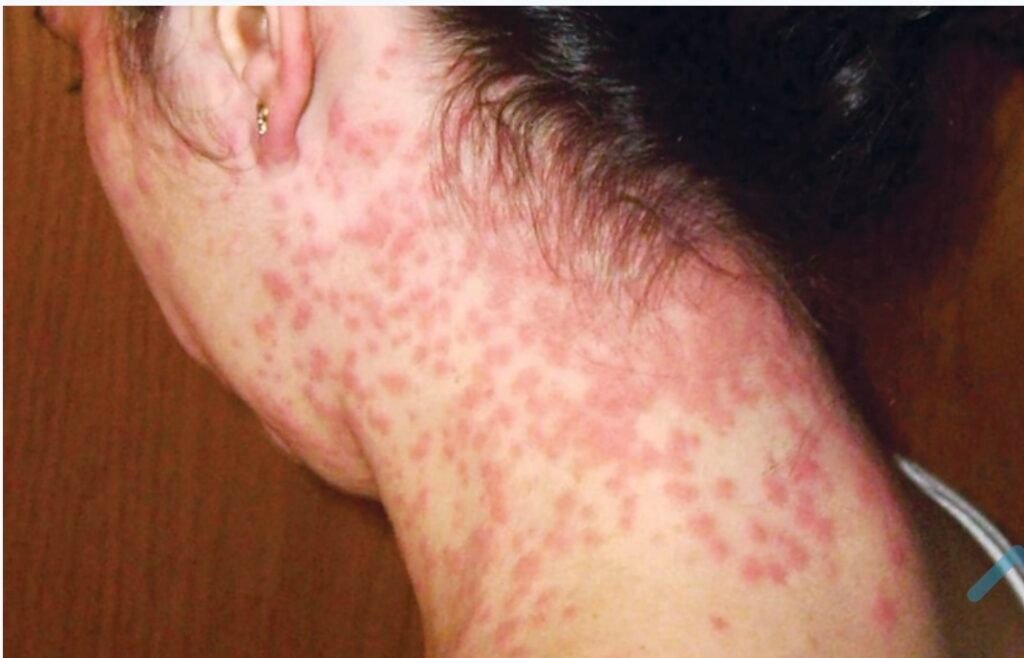A Visual Guide to Viral Rashes
Everyone knows about this viral rash. Or they used to.
A new vaccine means few kids get chickenpox anymore. You might have a fever or sore throat before the telltale itchy spots break out all over your body. It’s very contagious, so it’s best to stay home until all the sores crust over. Never give aspirin to a child with chickenpox. It can cause Reye’s syndrome, which is rare but serious.
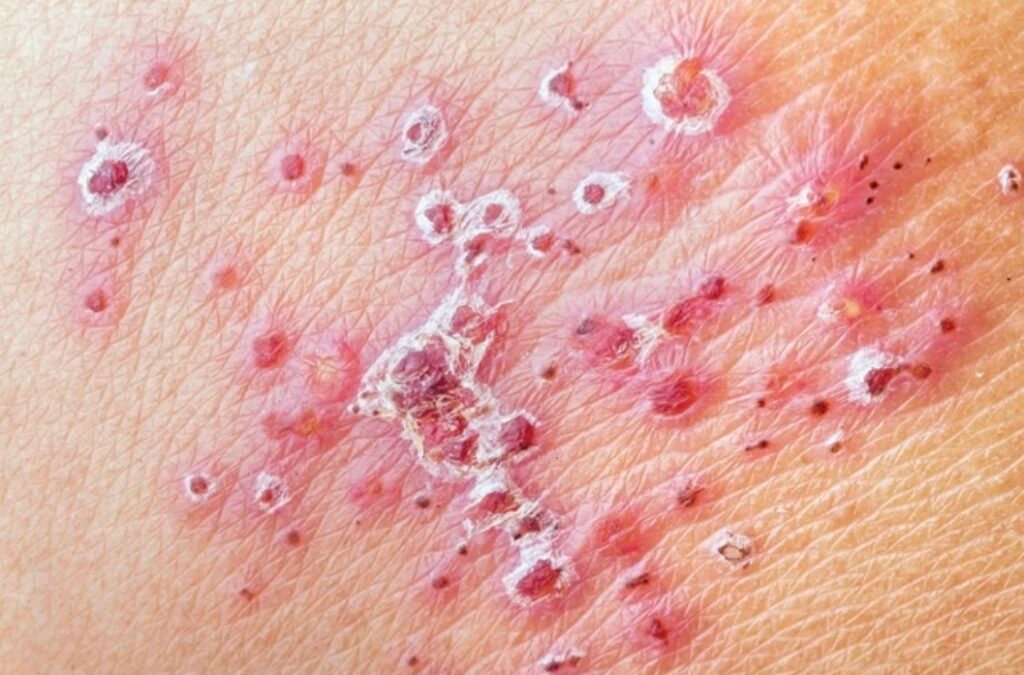
Shingles
Once you’ve had chickenpox, the virus lives on inside your body. Later it may come back as shingles, a painful, blistering rash. It’s more likely as you get older
The virus is embedded in the blisters. Contact with the virus can’t give you shingles directly, but it could give you chickenpox if you’ve never had it. A shingles vaccine might help prevent an outbreak.
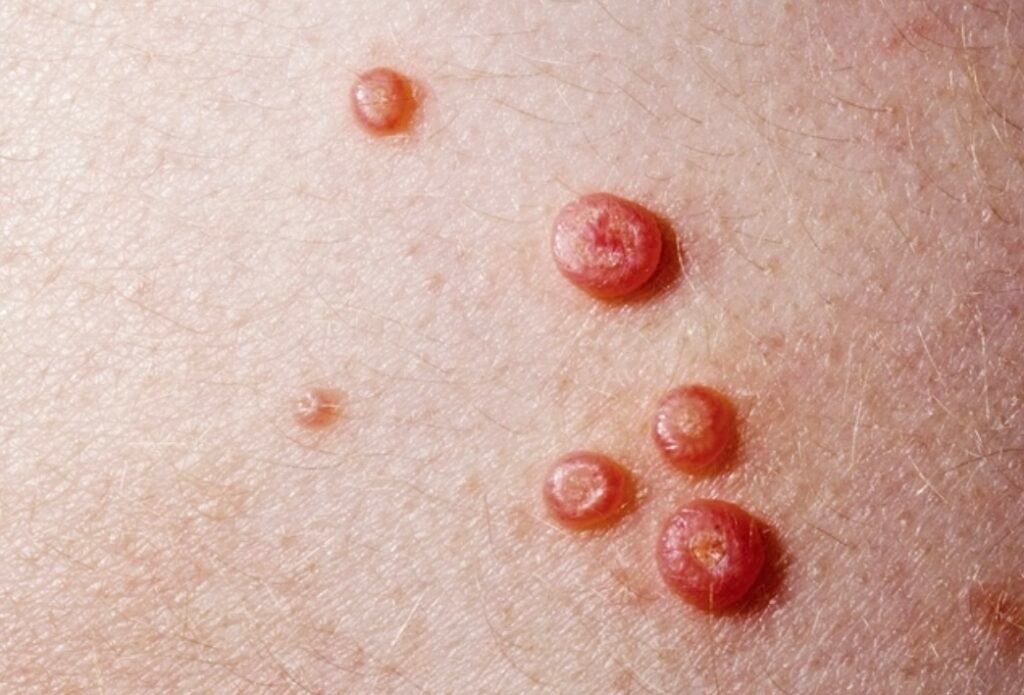
Contagiosum
Look for about 15 pinkish-red bumps with a dimple in the middle and white gunk inside. Scratch them and you may spread the virus to other places on your body. You also could get it from someone’s skin.
Also called erythema infectiosum, it’s more common in kids. You get a splotchy red rash on the face that looks like a slapped cheek. You also might have a fever and body aches. A web-like rash could sprout on your arms, legs, and body parts that gets worse in the sun.
You can catch it from droplets in the breath of an infected person. It usually goes away on its own in 5-10 days, but the rash could come back for a few weeks afterward.

Cold Sores
You might not like the look of these itchy, painful sores on your mouth and lips. They come from a virus (HSV-
1) that most people get as children from the spit of an infected person. The sores usually get better on their own, but your doctor may suggest antiviral pills or creams to help speed the healing. The virus stays in your body and could cause outbreaks when you are sick, anxious, or overtired.
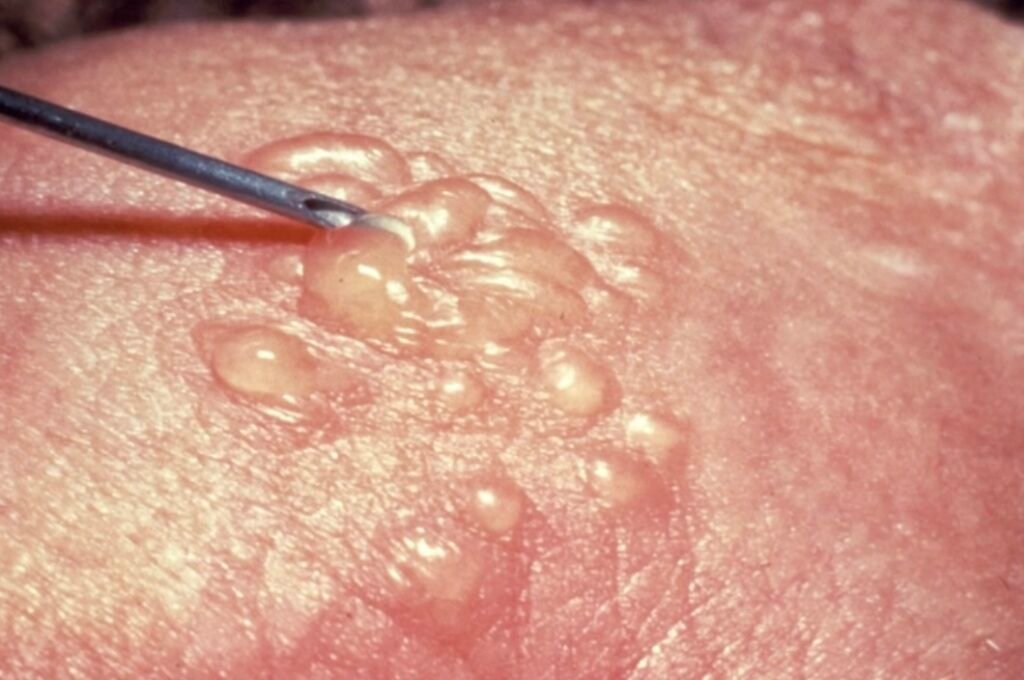
Genital Herpes
You can get it from sexual intercourse or from oral sex. Your genitals might tingle, itch, or burn before painful, blistering sores develop. These last 7-10 days before they crust over. The virus stays in your body even when you have no symptoms. Your doctor can prescribe drugs to limit or control outbreaks. Use a condom to lessen the chance you’ll get or pass on the virus.

Hand-Foot-and-Mouth
Disease
Like the name says, you get a painful but not itchy rash on the bottom of your hands and feet and on the buttocks that may blister. You may have sores inside your mouth. Kids under age 10 get it most, often from an infected persentap,ponator spit. After
HIV Rash
HIV is a viral infection spread through sex or IV drug use. It can cause a rash that’s flat and red with tiny bumps. In some cases, the skin might be very sensitive to sunlight or chemicals like cleaning agents. If you have HIV, you might also be more likely to get other conditions that cause rashes, like genital herpes, cold sores, Kaposi’s sarcoma lesions, and molluscum.
Acrodermatitis (Gianotti-Crosti
Syndrome)
Kids between 9 months and 9 years often get this bumpy rash. It breaks out on the arms, legs, and bottom, sometimes with blisters. Viral infections like hepatitis B, Epstein-Barr, or cytomegalovirus can cause it. Other symptoms include runny nose, sore throat, and fever. The rash lasts from 10 days to several weeks. It usually goes away on its own, but your doctor might suggest using a steroid cream.
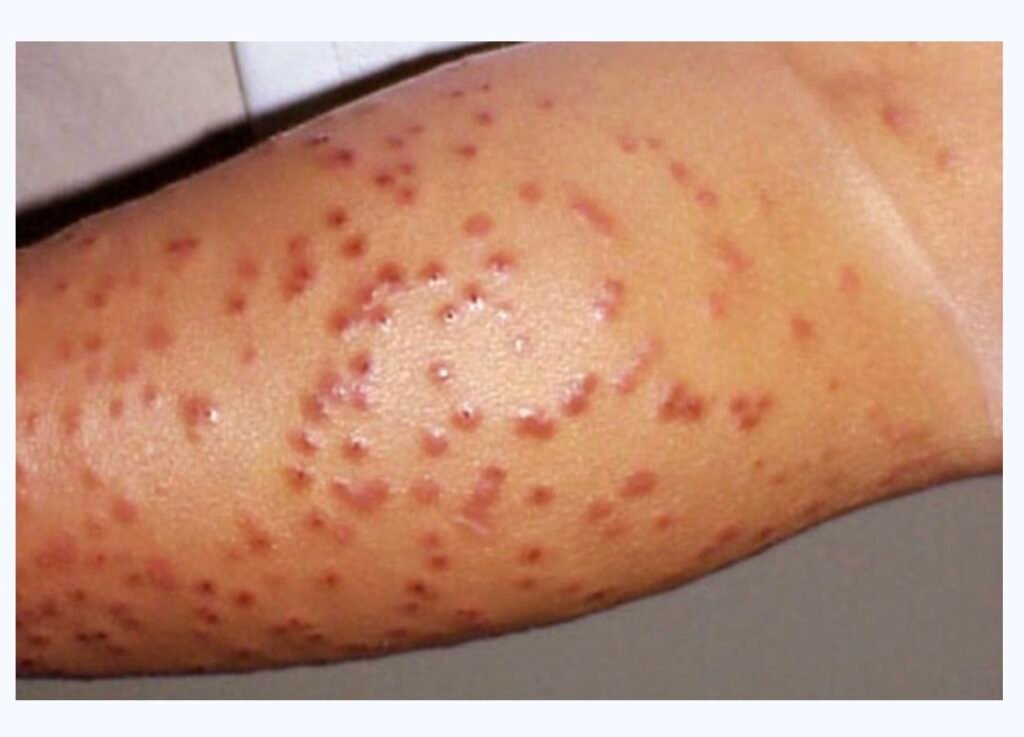
Mononucleosis
Mono, aka the “kissing disease,” spreads through saliva. You also can catch the virus from a sneeze or
cough or shared food. Teenagers get it most often. If your rash comes with a fever, sore throat, or swollen lymph nodes in your neck or armpits, it could be a sign of “mono” or some other viral infection. You treat it with plenty of rest, fluids, and over-the-counter pain meds. Talk to your doctor about unusual symptoms.
